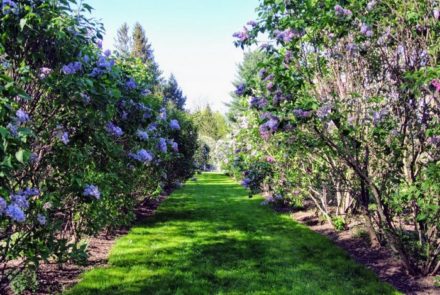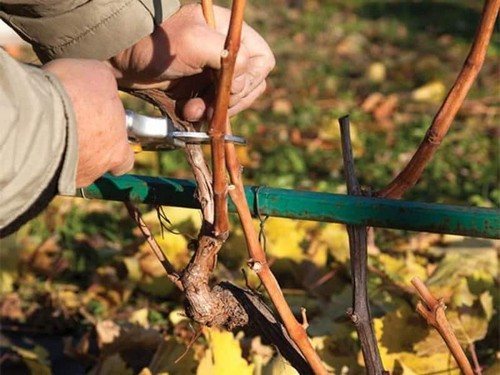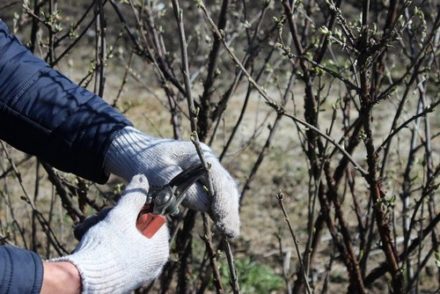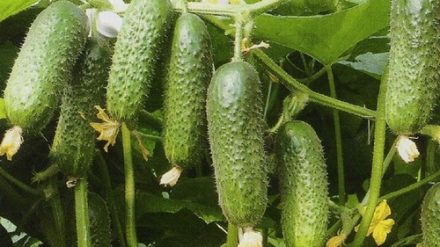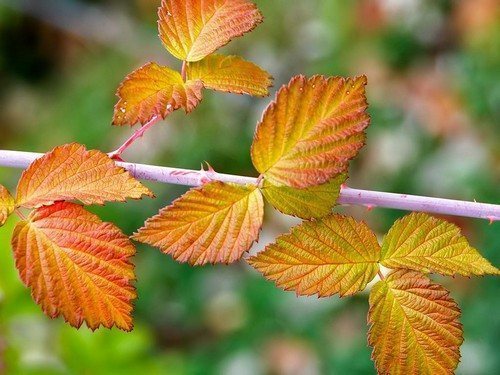Lilac is an ornamental shrub grown for its bright and large inflorescences. Every gardener sets a goal to achieve a large number of large inflorescences on each bush. In the autumn, caring for lilac bushes consists of watering, fertilizing, mulching, pruning and covering. Each of these stages of work greatly increases the plant’s chances of abundant flowering.


Trimming
In summer or spring, pruning will not give the desired result and can be carried out as an emergency measure. The main reason for manipulation is bush rejuvenation. If you do not do regular pruning, the foliage will acquire an unsightly yellow tint, the shoots will stretch in height, and the inflorescences will become small and ugly. Also, lichens will appear on the bark of the bush, and the lilac will have an unkempt appearance.
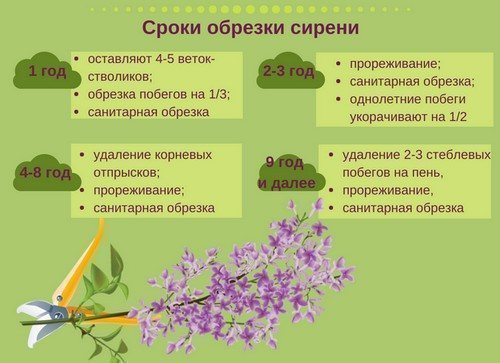
Pruning purposes:
- formation of a crown of the correct shape;
- stimulation of shoot growth in the desired direction;
- elimination of thickening;
- bush rejuvenation;
- prevention of diseases and pests;
- removal of damaged or diseased shoots;
- lush flowering in spring.
If the seedling is not yet 3 years old, you can cut off only diseased shoots, or in order for the bush to branch, cut the tops of the shoots into 4 pairs of leaves. Sometimes a plant does not adapt very well after transplanting or planting. In such cases, pruning can cause the death of the plant.It is also worth considering that flower buds form on young branches in early spring, and if you remove them in the fall, you should not expect abundant flowering.

Pruning lilacs in the autumn should be done with extreme caution, since buds with future flowers can be destroyed. Beginning gardeners should still do such manipulations in May after flowering has ended.
There are no special requirements for cutting time. It is important to carry out these manipulations in cloudy weather.
It is very important to remove no more than 15-20% of the total number of shoots.
After pruning, they stop watering the bushes and begin preparing for winter. All fresh cuts should be treated with garden varnish.
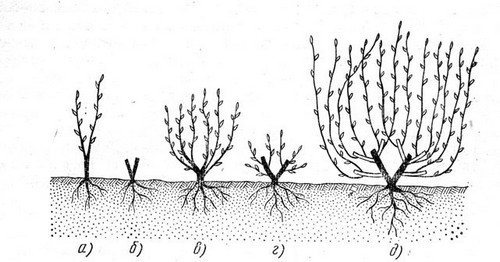
Instructions for pruning lilac bushes in autumn
- In autumn, all branches that protrude or grow inside the crown should be removed. This makes it possible to form a crown of the correct shape and prevent thickening.
- All young shoots that are located near the plant should be removed.
- If two shoots are located close to each other, only one should be cut out.
- When pruning to form a crown, all shoots are shortened by a third and skeletal branches, whose growth is directed inside the plant, are removed.
- To form a crown of the correct shape, such manipulations are carried out over 3-5 years.
- To support the formed crown, some branches are removed from it, as well as old or diseased shoots.

How to work with an old bush
- If the bark on the surface of the branch is already cracked, it should be removed, even if there are shoots with living buds on it.
- In order for the lilac to have the shape of a bush, it is necessary to leave up to four shoots, the growth of which is directed in different directions.
- If you want to give the crown a spherical shape, in the first autumn you should remove all the side shoots, and in the second fall, cut off part of the top. It is very important to remove all side shoots on the trunk in subsequent years.
- In order to maintain the resulting crown shape, over the next years it is worth cutting out all unnecessary shoots from the bush.
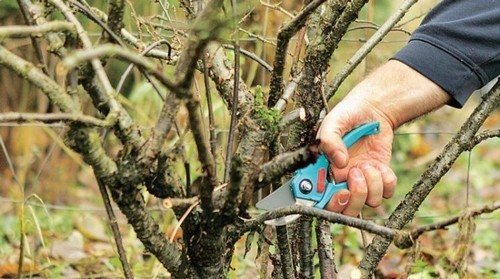
Features of feeding lilacs in autumn
If the acidity level of the soil in the area is slightly too high, the plant may slow down or stop growing and stop forming flower buds. To solve this problem, it is worth adding dolomite flour, chalk, lime (for very acidic soil types), crushed charcoal, and egg shells under the bush.
Also in the fall, the last fertilizers are applied before the start of the winter period. For this purpose, rotted cow or horse manure is used. Such fertilizers can be applied two weeks before the onset of severe cold weather.
It is strictly forbidden to apply nitrogen fertilizers in the fall. The plant will grow, will not tolerate low temperatures well, and will not bloom.

Watering lilac bushes in autumn
This plant is quite drought tolerant. In rainy weather, lilacs do not need additional watering, but if the autumn is dry, then timely watering will ensure more abundant flowering.
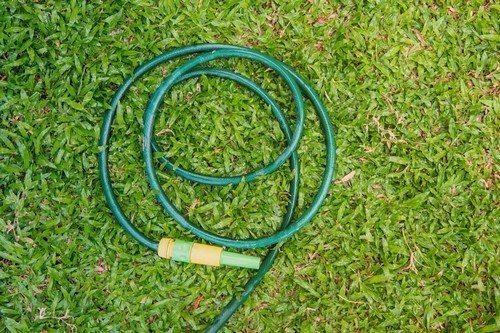
Covering lilacs for the winter
Lilac is highly frost-resistant and does not require special shelter, but young plants that have not yet formed a full-fledged root system need protection. For shelter, it is enough to place a ball of peat under the tree trunk, and then add additional dry leaves. You can also use dry straw or sawdust for these purposes.If the bush is standard, then the trunk can be wrapped in burlap.
Lilac is a shrub that can be used in single or group plantings. In order for the bush to have a crown of the correct shape and delight with lush flowering, you should carefully care for it.


